Other
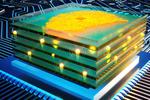
“Engineers working on “analog deep learning” have found a way to propel protons through solids at unprecedented speeds. As scientists push the boundaries of machine learning, the amount of time, energy, and money required to train increasingly complex neural network …
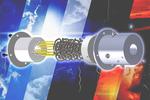
“Cheap and quick to produce, these digitally manufactured plasma sensors could help scientists predict the weather or study climate change. MIT scientists have created the first completely digitally manufactured plasma sensors for orbiting spacecraft. These plasma sensors, also known as …

“Single-shot spectroscopy techniques provide researchers with a new understanding of a mysterious light-driven process. The development of high-speed strobe-flash photography in the 1960s by the late MIT professor Harold “Doc” Edgerton allowed us to visualize events too fast for the …
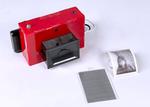
“MIT researchers create KineCAM, an instant camera that yields images that appear to move. It’s another case of a class project that turned into a bit more than the typical assignment. The story began last fall in the MIT …
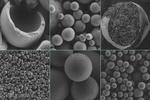
“Researchers have developed a biodegradable system based on silk to replace microplastics added to agricultural products, paints, and cosmetics. Microplastics, tiny particles of plastic that are now found worldwide in the air, water, and soil, are increasingly recognized as a …
“Researchers have found a material that can perform much better than silicon. The next step is finding practical and economic ways to make it. Silicon is one of the most abundant elements on Earth, and in its pure form the …
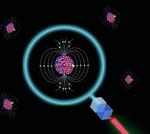
“New results from researchers at MIT reveal an unexpected feature of atomic nuclei when a “magic” number of neutrons is reached. A curious thing happened when MIT researchers Adam Vernon and Ronald Garcia Ruiz, along an international team of scientists …
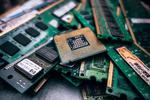
“Researchers created Exo for writing high-performance code on hardware accelerators. Moore’s Law needs a hug. The days of stuffing transistors on little silicon computer chips are numbered, and their life rafts — hardware accelerators — come with a price. When programming …
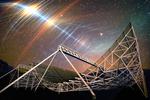
“The clear and periodic pattern of fast radio bursts may originate from a distant neutron star. Astronomers at MIT and universities across Canada and the United States have detected a strange and persistent radio signal from a far-off galaxy that …
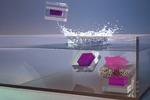
“With particles that release their payloads at different times, one injection could provide multiple vaccine doses. Most vaccines, from measles to Covid-19, require a series of multiple shots before the recipient is considered fully vaccinated. To make that easier to …
